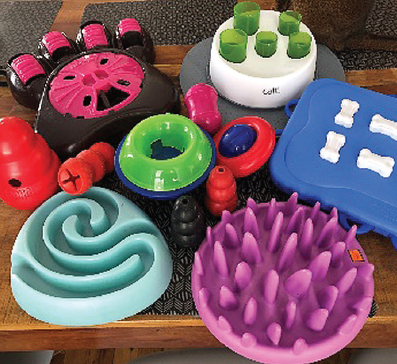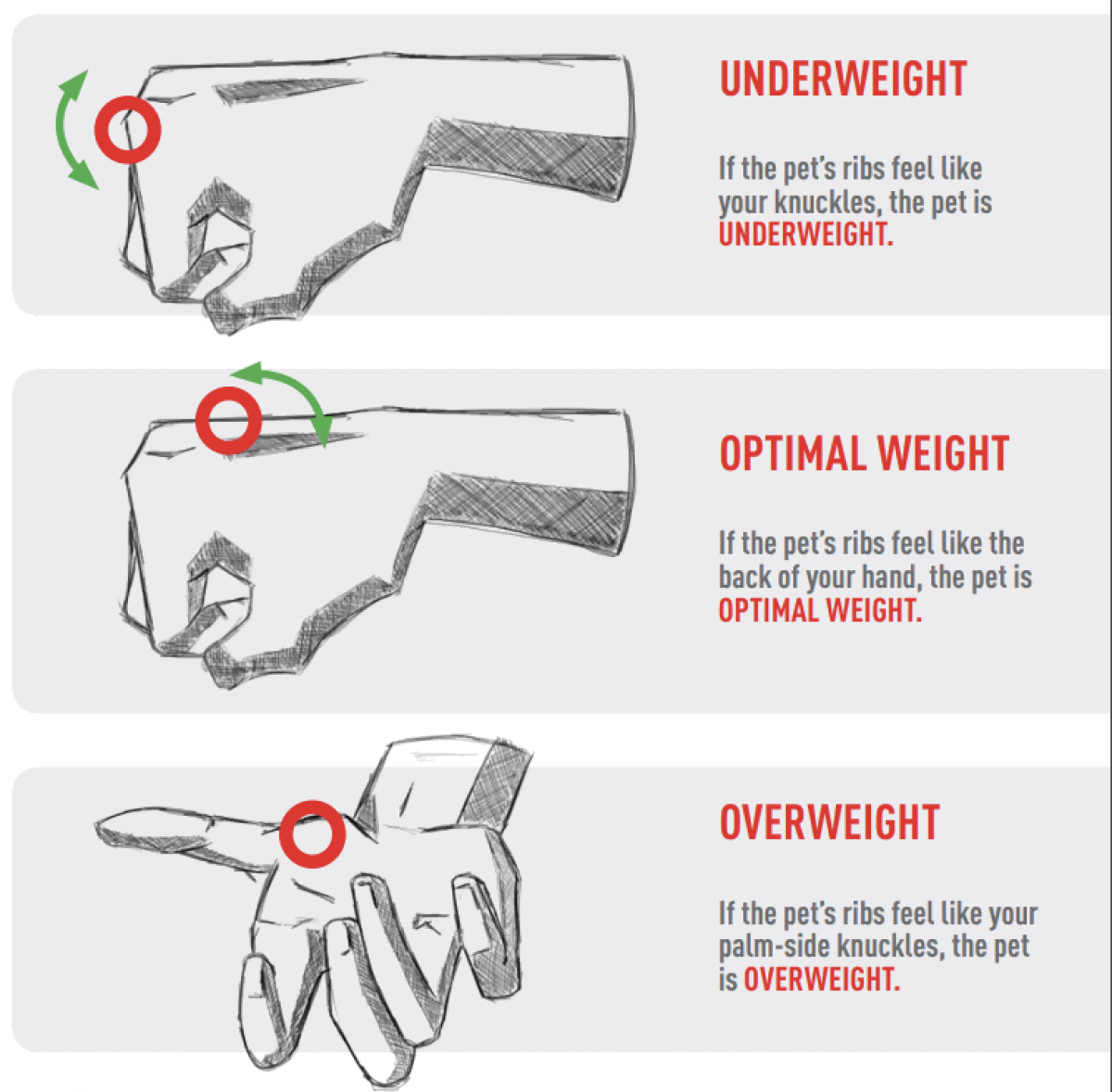Healthy habits, healthy weight
by Ontario SPCA and Humane Society | Cat Care Dog Care General Pet Care | April 2, 2021

Guest post by Royal Canin
Choose the right diet
The first step in preventing obesity in pets is to feed the appropriate level of calories based on your pet’s individual needs. Indoor cats and dogs with a typical activity level of one hour or less per day have low energy requirements meaning they require fewer calories. The amount of calories in each cup of food varies greatly between different formulas.
Diets that are formulated for weight management have lower caloric densities to allow the pet eat more food and feel satisfied without taking in excess calories.
Measure carefully
Successful weight management relies on accurate measurement of the diet! Measuring cups have been demonstrated to be inaccurate for measuring kibble which can lead to overfeeding. Using a kitchen (gram) scale to weigh your pet’s food is easy, fast, ensures accuracy and helps to prevent overfeeding. By feeding the right amount and not overfeeding, we are helping our pets live a healthier lifestyle and saving money in the process!
Make mealtime rewarding
Puzzle feeders, treat dispensing toys or activities at mealtimes will slow down the rate of eating, reduce begging and help keep pets happy and satisfied. Even better…don’t feed meals at all and use the daily kibble allotment for training throughout the day. Our pets love to feel a sense of accomplishment just like we do!
What about treats?
Treats should make up no more than 10% of a pet’s daily intake of calories. Talk to your veterinarian about appropriate amounts and types of treats based on your pet’s weight and body condition score.
 Body condition scoring guide
Body condition scoring guide
Body condition scoring is a way to help determine whether or not your pet is an ideal weight. It is easy to do and is a great tool to help make sure your pet stays as healthy as possible. Follow the steps below and make sure to check your pet’s body condition score at least every 2 weeks. Talk to your veterinarian to learn more about how to assess your pet’s weight and to learn more about other healthy habits.
Is your pet already overweight?
CONTACT YOUR VETERINARIAN!
Additional resources on weight management for dogs and cats.
Categories
Testimonial
Dogs only ask for your love and attention
Dogs only ask for your love and attention, nothing else. Thank you for everything you do!
